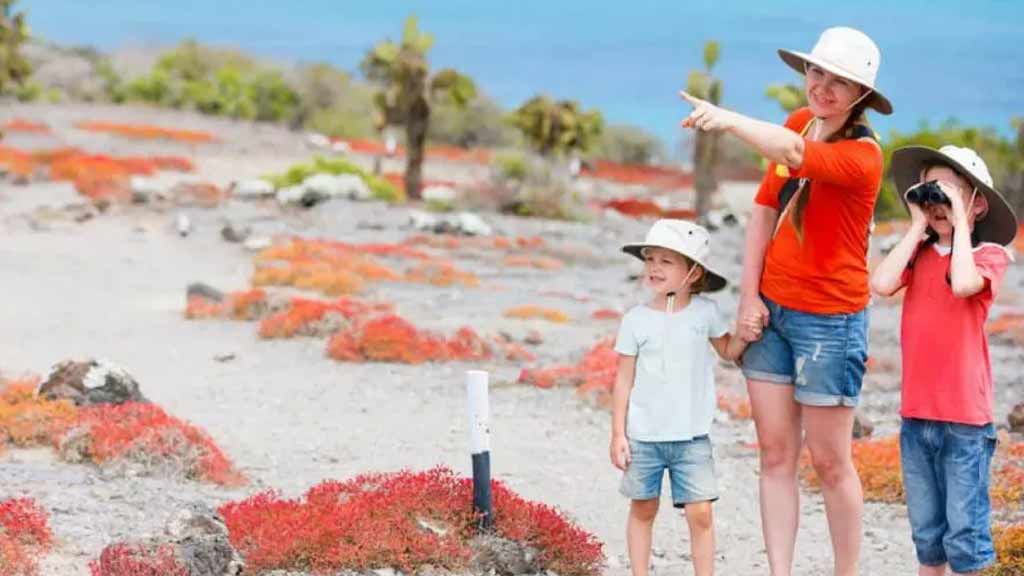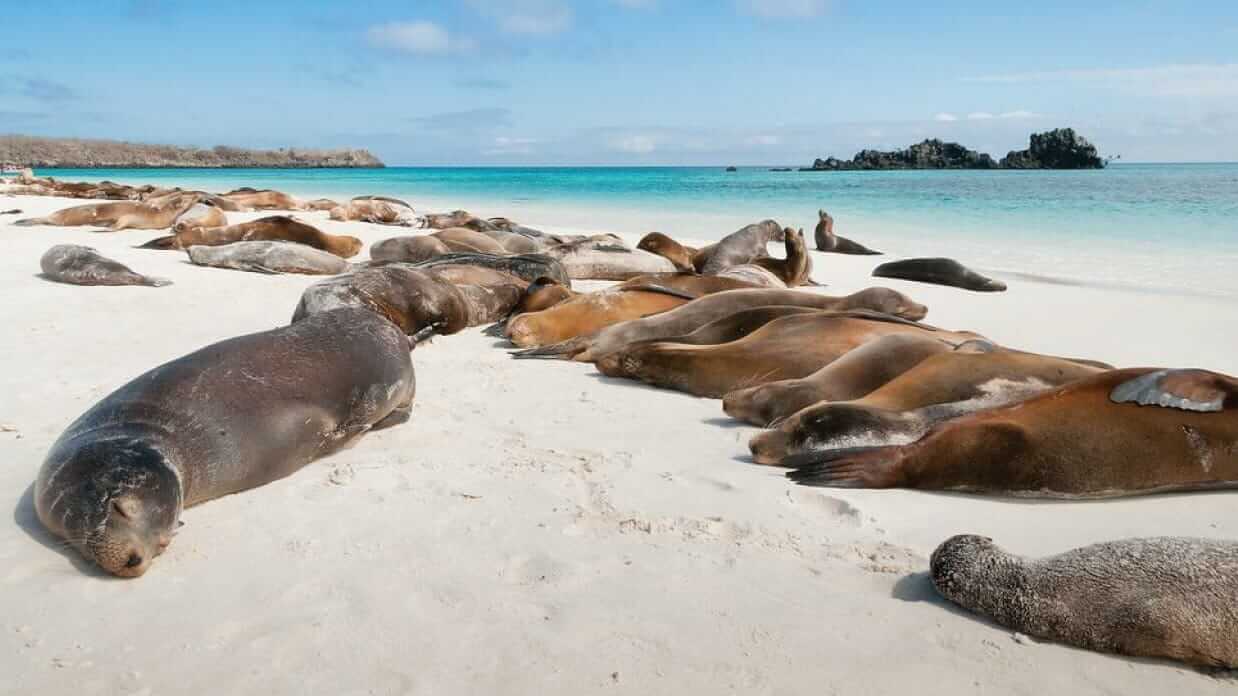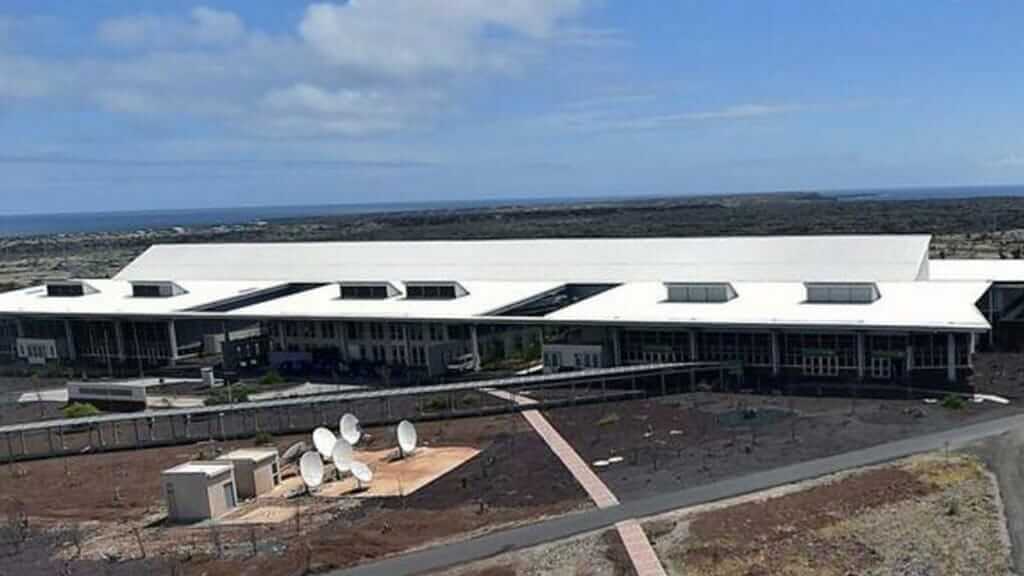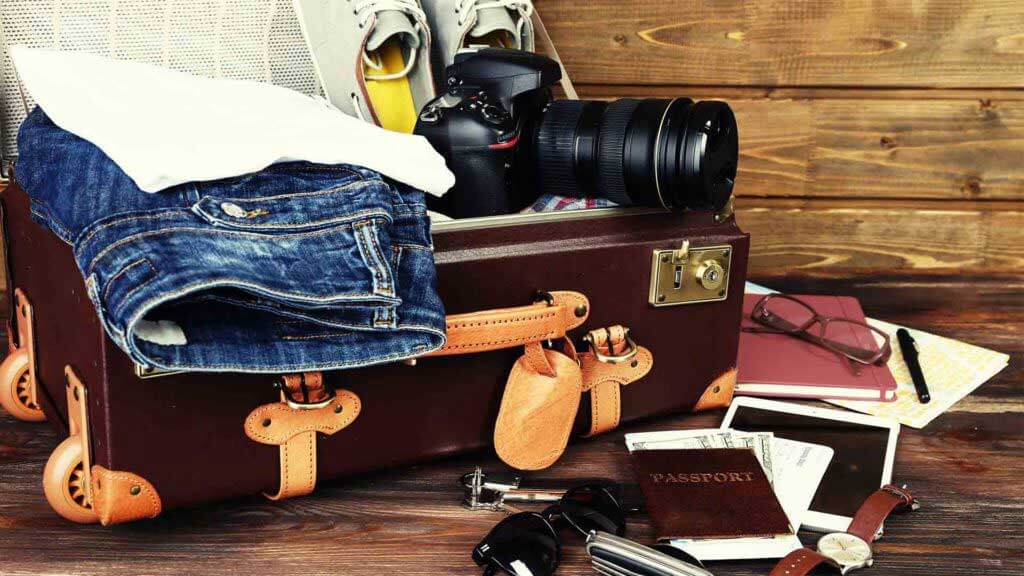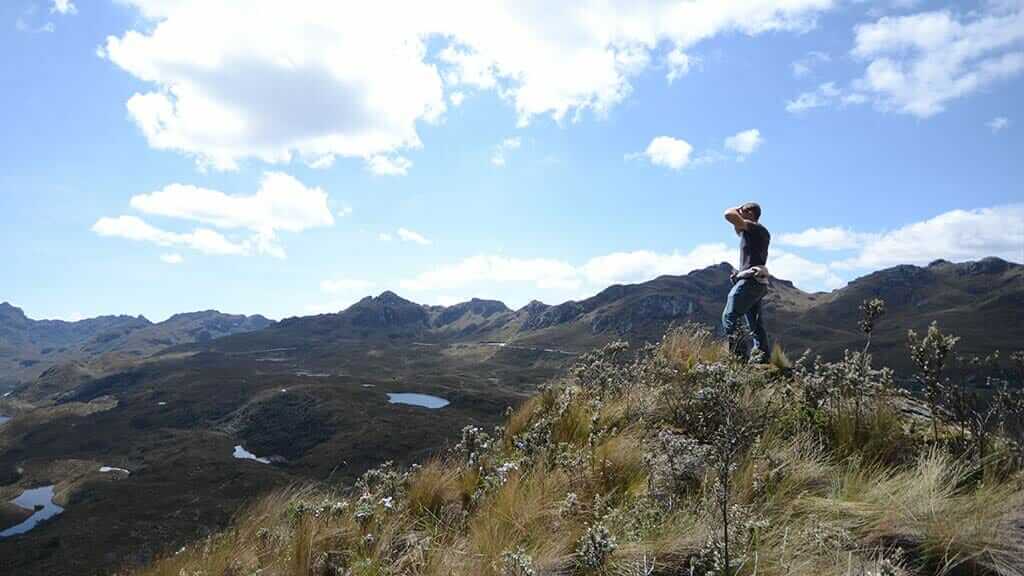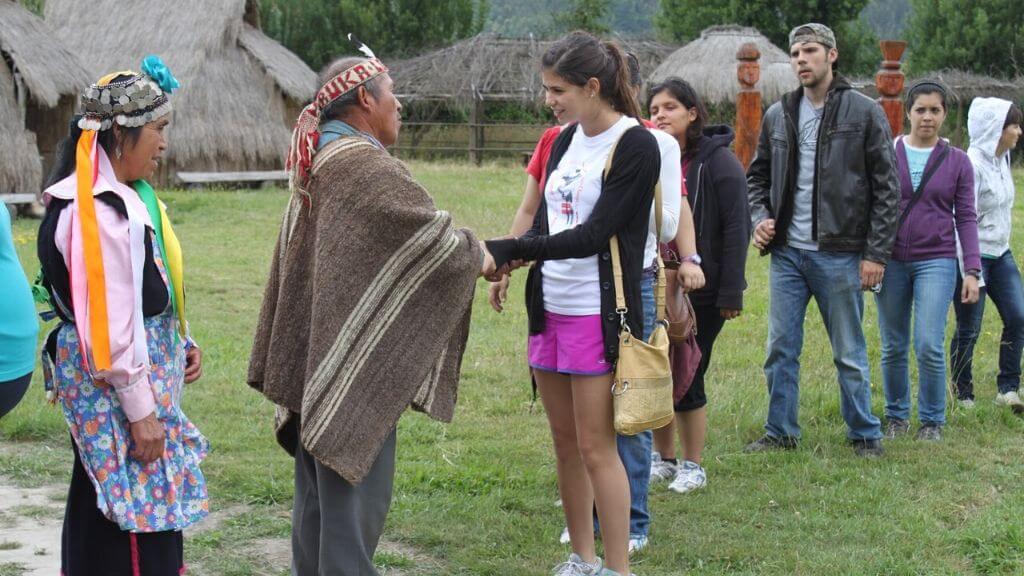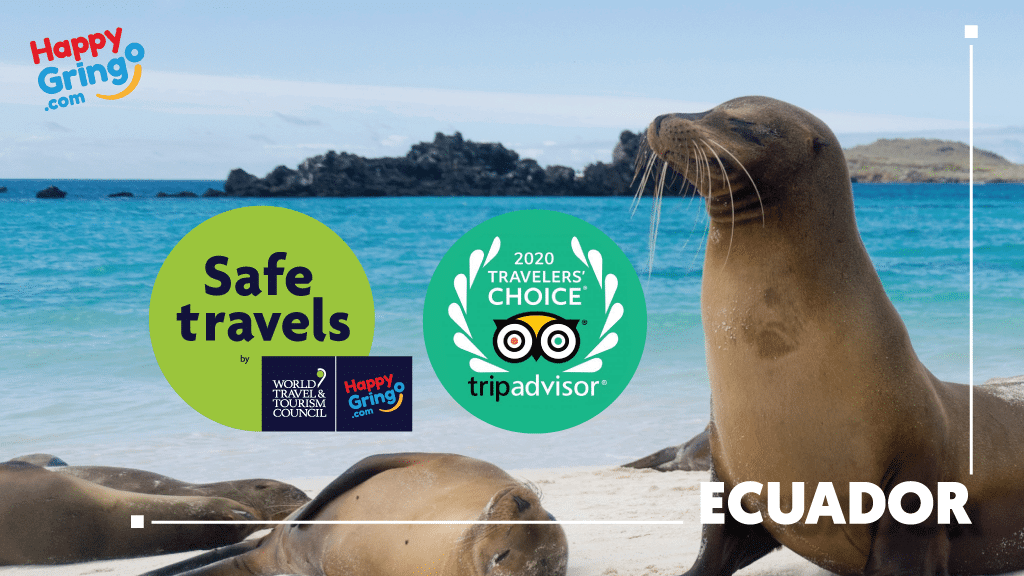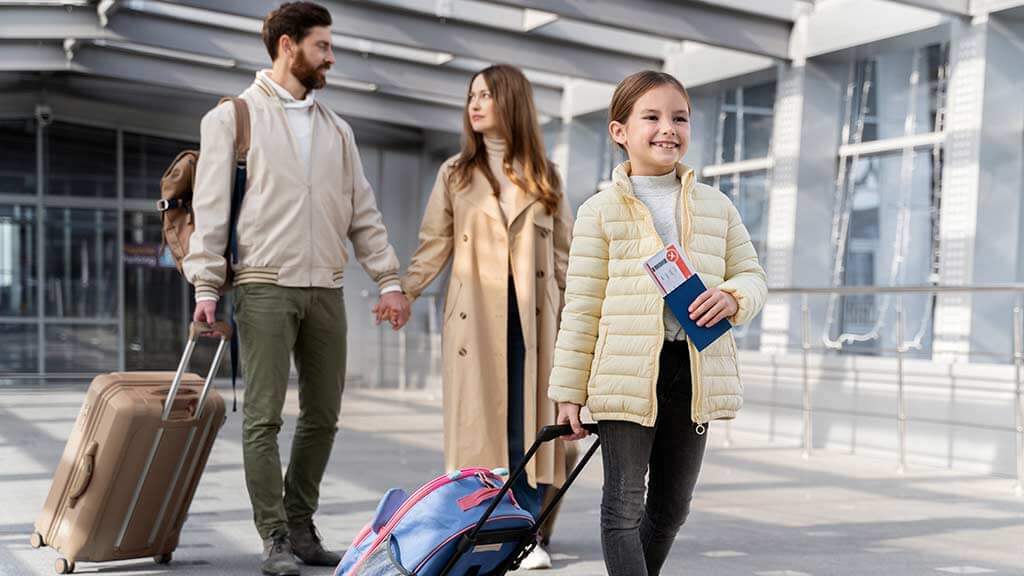Call us toll free: US & CA
1-800-269-0216
GENERAL FREQUENTLY ASKED QUESTIONS
We highly recommend that clients read the FAQ section carefully. These questions are designed to help avoid common confusions and misunderstandings, and help us to provide the best possible service.
Each topic has the answers to the most common questions from our past clients. If you still can't find the answer you're looking for, just ask our sales staff and they will be happy to help.
GALAPAGOS ISLANDS FLIGHTS
Click on the question link below to find your answer.
1. Can happy gringo organise my galapagos flight booking for me?
No problem - we always look after both the flight bookings and ticket issue for our Galapagos clients.
If you prefer to book your own flights then in most cases it is not a problem, but please do let us know first so we can inform you of which airline / flight you need to be on.
2. Why do some yachts charge a penalty fee if I don't book my flights through them?
Some Galapagos yachts obligate Happy Gringo and our passengers to book flights directly through their operating company. Although Happy Gringo do not necessarily agree with this practise, we are bound by the rules and policies of each yacht.
The reason for this policy is that the cruise operators regularly need to send supplies to the Galapagos Islands for the operation of their cruises. This is done via cargo flights from Quito to the Islands, and entails a significant cost for the cruise operator. Some yachts have therefore made deals with airlines; when they buy a certain quantity of passenger flight spaces through the airline, they also receive reduced prices for the cargo. So, to ensure that they sell enough flight seats they obligate all of their passengers to fly on that airline and book the flights through their operating company. If a passenger still chooses to book their own flights then the yacht operator will charge a penalty fee to them. The amount of the penalty varies from yacht to yacht, but is typically around $50-60 per person.
Not all yacht operators follow this strategy. Others instead include the cargo rates already into their cruise sales price, and give their passengers the freedom to purchase flights either through Happy Gringo or on their own.
So please be sure to check out website or ask your sales person at time of booking about the flights policy aboard your yacht of choice.
In the case that the flights must be bought through the operating yacht company, then Happy Gringo will help you with the direct flight booking or penalty fee with the operator.
If your yacht gives freedom in flight booking, then Happy Gringo can help with a quote for tickets, or advise you which flights to book by yourself.
3. Are there always flight spaces available that coincide with the dates of my cruise?
Yes. The cruise yachts always reserve spaces in advance for all of their cruise dates during the year, so at time of booking the yacht will release a flight space to Happy Gringo on your behalf. In this way our Galapagos clients always have 100% guaranteed spaces on a flight leaving the exact same day as their cruise. The only exception is with last minute bookings where it can be more difficult to find flight spaces.
4. Can I fly on different dates than my cruise?
Yes. you can fly o ut before your cruise starts and/or back after it finishes, but only subject to available space on the new date you would like to book. Happy Gringo can request the new flight date with the airline for you and usually we have no problem in acquiring it.
5. Can I reserve just a flight without a cruise?
Happy Gringo only book flights for clients who have made a cruise or tour reservation through our company. If you only wish to book flights then it's best to go direct to the airline websites.
6. Which airlines fly to galapagos?
Avianca and LATAM.
7. How many airports operate at galapagos?
Only 2 airports receive flights from mainland Ecuador : North Seymour Airport on Baltra island (close to Santa Cruz) and San Cristobal.
There is also a small airport on Isabela island in operation for occasional small plane flights from Santa Cruz.
8. How much do the flights cost?
Galapagos flight prices vary flight route and date. This table gives an idea of typical average rates:
| Route | Average Rate |
| Quito / Galapagos / Quito | $500 - 550 |
| Quito / Galapagos / Guayaquil | $475 - 525 |
| Guayaquil / Galapagos / Quito | $475 - 525 |
| Guayaquil / Galapagos / Guayaquil | $450 - 475 |
9. Are there any discounts available?
Ecuadorian residents with a valid Cedula ID card can purchase at reduced rates - please ask our sales staff for a quote if this applies for you.
10. Can I choose which flight to use?
If you are booked onto a cruise then the answer is no because the boat operator will choose the flight for the whole group of passengers that they have. In this way all cruise passengers travel together and it is easier for the guide to meet the group at the airport. You can choose to fly with an alternative airline than that of the rest of the group but you run the risk of the guide not waiting for you in the event of flight delays so we do not recommend this.
If you are travelling independently and without a cruise then we can make the flight reservation on whichever flights you prefer (subject to availability).
11. Is it necessary to reconfirm my galapagos flight?
Reconfirmations are not required for Galapagos flights.
12. Is there a baggage weight restriction?
You may only carry baggage up to 23kg (50 pounds) in the cargo hold, as well as hand luggage of 10kg (22 pounds) plus a small additional personal item.
13. How soon before departure should I check-in?
Galapagos flights are classified as domestic departures and are therefore subject to a 2 hour check-in time. In reality many passengers choose not to respect this but we always recommend being at the airport 2 hours before your departure time because occasionally flight times can be altered last minute by the airlines - it is always better to be safe than sorry!
14. Can I change the dates of my flights if I have already issued the ticket?
Yes, date changes are possible, subject to availability.
Airlines usually charge an extra fee to make date or route changes. In the case where you are already in Galapagos it is simpler to make changes directly at the airline office in Puerto Ayora or Puerto Baquerizo Moreno.
15. Is airport transfer included?
In Quito / Guayaquil airport transfers are not included, unless otherwise stated when you book your tour with us.
At Galapagos your guide will meet you at the airport and have transport waiting to take you to the yacht.
Looking for more information? check out our blogs
STILL NEED HELP?
Schedule a Call-Back
Book a direct call with us. Choose your own convenient date & time
Schedule a call
